How to Leverage a Major Shift in Best Practices for Heavy Users of Google AdWords
Over the past 20 years as Search Engine Marketing and Google AdWords became a major budget line item for many advertisers, there have been several “key moments” where if you pay attention to a major shift by Google, you can gain huge competitive advantage by being a first mover with these new best practices for heavy users of Google AdWords. We are in the midst of one of these moments right now.
If you’re spending more than $10,000 monthly on Search, and if you’re in a highly-competitive category where you’re bidding against a lot of direct competitors, this represents a huge opportunity to reduce your cost per lead. We’ve seen a range of between 12% and 90% reductions for many of our clients, and an average right around 24% improvement.
“this represents a huge opportunity to lower your cost per lead. we’ve seen a range between 12% and 90% reductions, and an average right around 24% improvement.”
Google Has Gone All-In on Performance Max
During the 2023 Google Marketing Live conference, Google announced a major commitment to the Performance Max campaign type. It uses Google’s generative AI to help advertisers find more leads, not just in search but across the entire Google platform.
Read More: Big Takeaways from Google Marketing Live 2023
An elevator explanation of Google Performance Max is that Google uses assets you provide (logo, videos, photos, headlines, descriptions, calls to action, etc.) to build ads for you on the fly as it’s AI determines a Google user is in-market for your product or service, and speaks to them throughout the Google platform (YouTube, Discover, Search, Gmail, etc.) in an effort to generate strong leads.
It goes far beyond just the moment of a text search. And once the AI learns how to find your best prospects, lead costs tend to come down significantly. It varies by type of business and the local competitive situation, as well as other factors. But the improvement is pretty consistently better than search alone.

Action Plan to Take Advantage of This Opportunity
It’s not just a matter of “switching” to Google Performance Max. As with everything else about marketing a small business these days, it’s got a few complications.
Start Small. Google Performance Max campaigns have been taking 2-6 weeks to “learn” and start really working well. We’ve been successful with an 80/20 plan; meaning take 20% of your Search budget and move it to Performance Max (but not more than $5,000 initially).
TIP: Google Performance Max uses the data from your traditional search campaign to teach its AI to find your best prospects.
Shift Over Time. As your new PMax campaign kicks in and you’re seeing the improvements in lead costs, reverse the 80/20 allocation and put 80% of your Search budget into PMax. But never keep more than $10,000 in traditional search.
TIP: If you’re doing Local Service Ads, hang tight. We’re still experimenting with how Local Service Ads factor into this shift. For now, we’re recommending advertisers leave those budgets and campaigns in place until they’re no longer competitive (on a lead cost basis) with Performance Max. And if you’re still getting a solid ROI from Local Service Ads, you may want to just keep them rolling.
Build Out Assets Long-Term. The beauty of Google Performance Max is that you can run multiple campaigns for different lines of business, or different acquisition funnels. And you can keep adding assets based on what works best to gain cheaper conversions.
TIP: You’ll need to keep optimizing PMax, similar to how you consistently optimize traditional search campaigns.

PMax Represents a Huge Near-Term Competitive Advantage
We’ve been working with Google Performance Max since it was in beta during 2022. We’ve grown up with this product and we’ve got experience using it across many different types of businesses.
The clients we’ve seen benefit the most are heavy users of Search, typically spending between $10,000 – $80,000 monthly. Here are 3 things we really like about it:
- The Competition Can’t Figure Out What’s Happening
- You Break Out of the Legacy Search Trap
- It Changes the Game & Competitors Have to Play Catch-Up
Need Help Getting Started?
Like previous moments in time when there is a clear advantage to embracing a change Google wants you to make, and for which it will reward you handsomely, time is of the essence.
If you’d like to talk more about this transition to Google Performance Max before you take the leap, we offer a free initial consultation. Just schedule time with our team and we’ll make sure our PMax experts are on the call.
It’s our way of investing in you long before you invest in us. It’s a no-obligation way to get to know us, and for us to get to know you. You’re always free to take the information and make this transition DIY-style. We think you’ll see how we bring something special to the project, and we’re willing to take that chance.
Thanks for visiting today!






